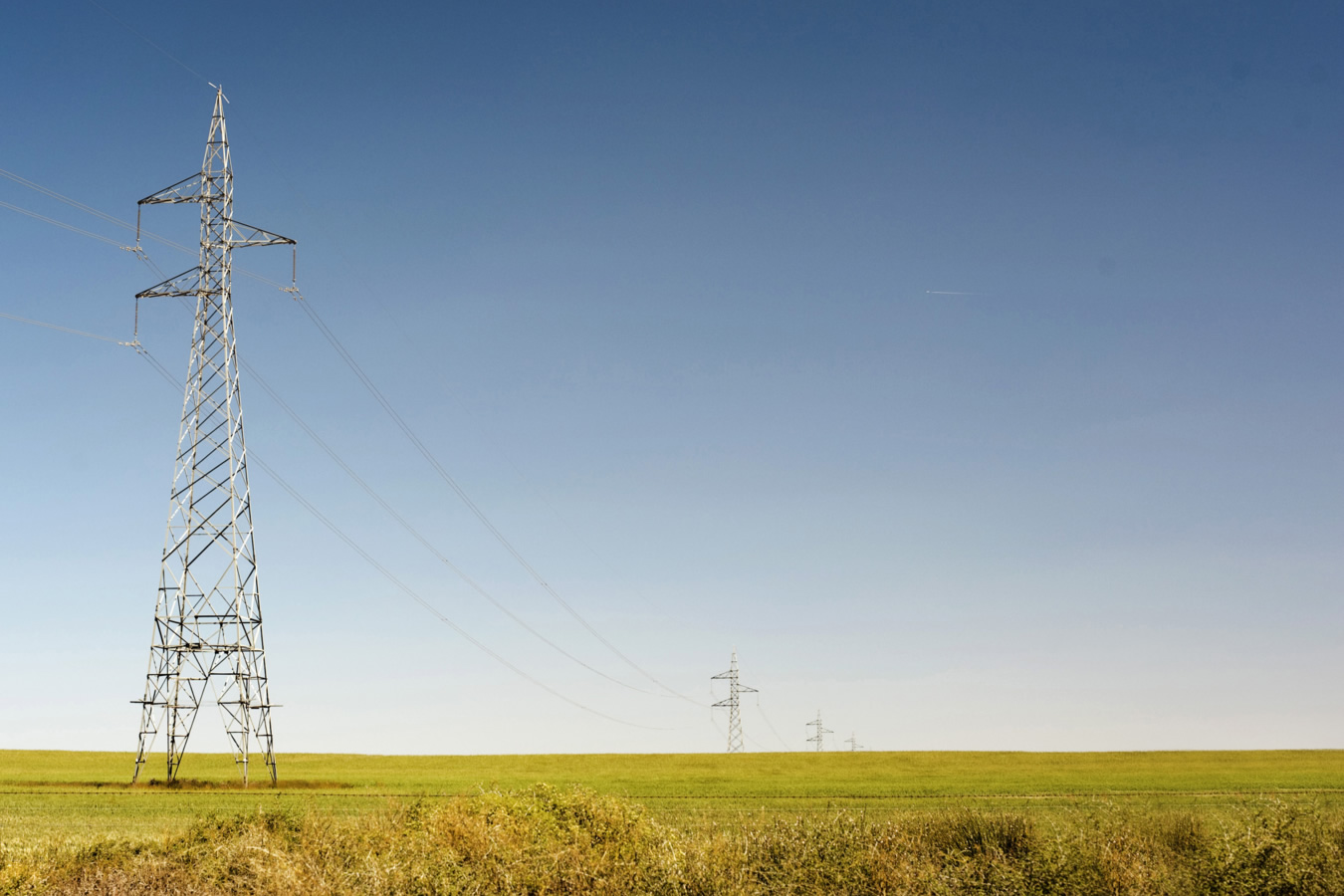
About Hucol
All HUCOL Converters automatically control the motor starting surge, maintaining the surge until the motor has attained its full running speed irrespective of time taken.
The Rotary Converter establishes an artificial three-phase Supply independently of the driven machine/load. The converter has no minimum load; however there is a maximum single motor load that should not be exceeded for starting reasons. Unlike most Rotary Converters on the market, the maximum single motor load equals the multi-motor load for most sizes of HUCOL Rotary Convener.
The RT converter output takes the form of an industrial-style socket/plug (three phase, neutral and earth). The MT converter is fitted with a set of output terminals. The output neutral facilitates the use at 240-volt control circuits and small auxiliary loads. The use of a three-phase distribution board or similar is recommended for multi-motor applications requiring more than one output from the converter.
Any number of motors can be operated simultaneously from the Rotary Converter provided the converter rating is not exceeded, either on a single motor or multi-motor basis. Regulation of output power is automatic. The operator does not have to regulate the power level to suit the particular motor in circuit as would be necessary with a Static Converter. Anomalies associated with the use at a Static Converter relating to fractional horsepower motors, multi-speed motors and sequential starting do not apply to the Rotary Converter.
The Hucol Converters site was used during the war for the production of the Sterling Bomber, The “Short Stirling” was the first four-engined British heavy bomber of the Second World War. The Stirling was designed and built by Short Brothers to an Air Ministry specification from 1936, and entered service in 1941.
